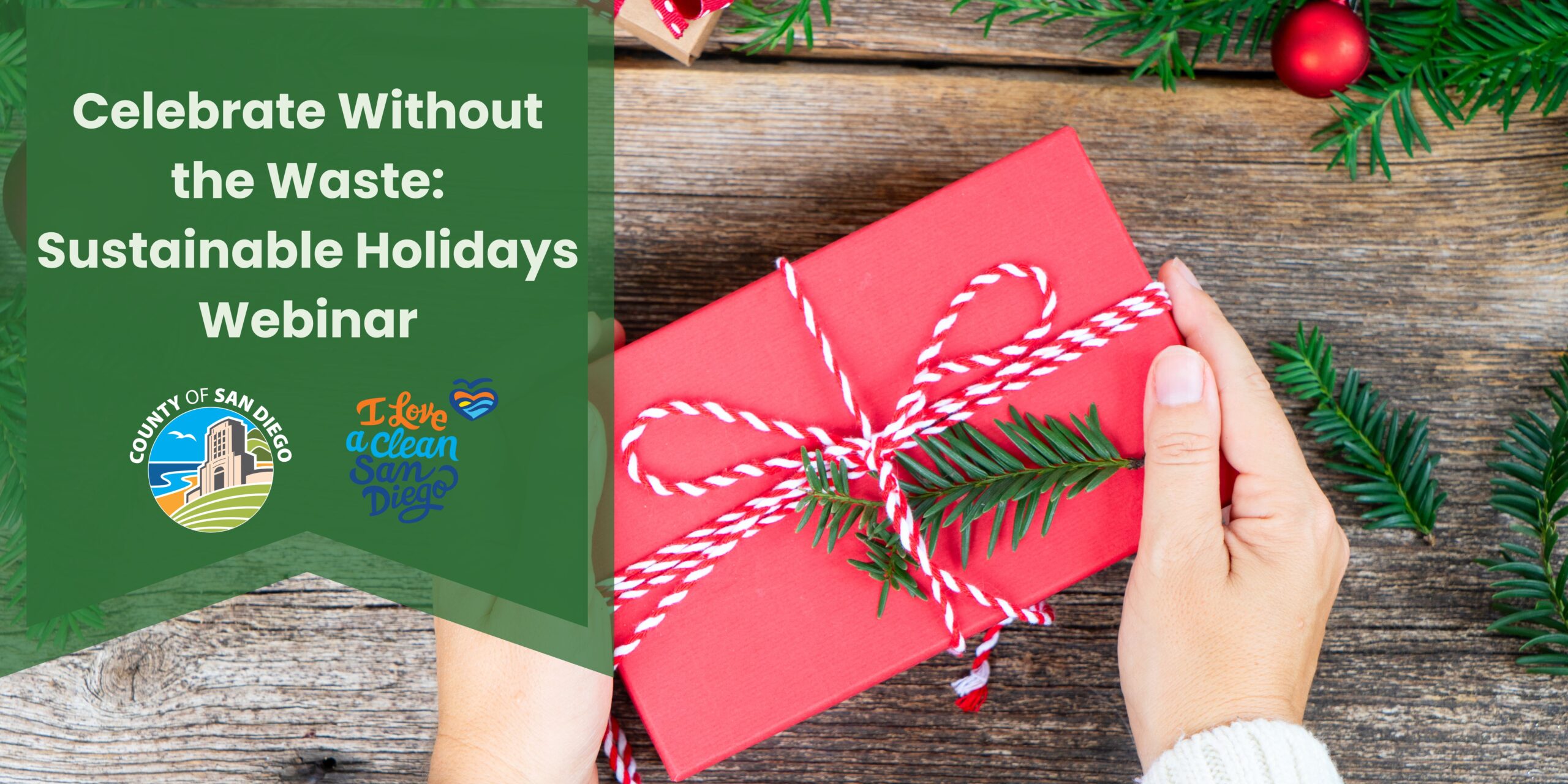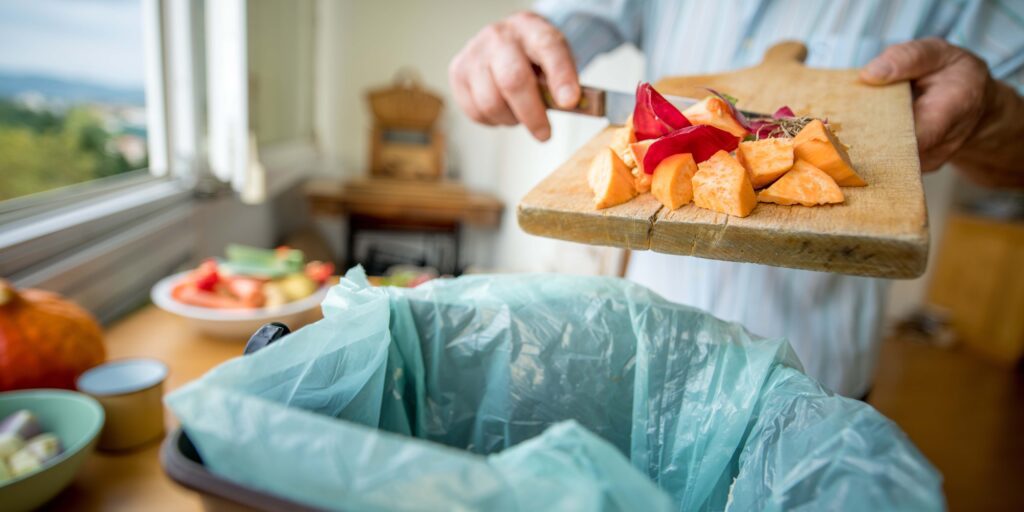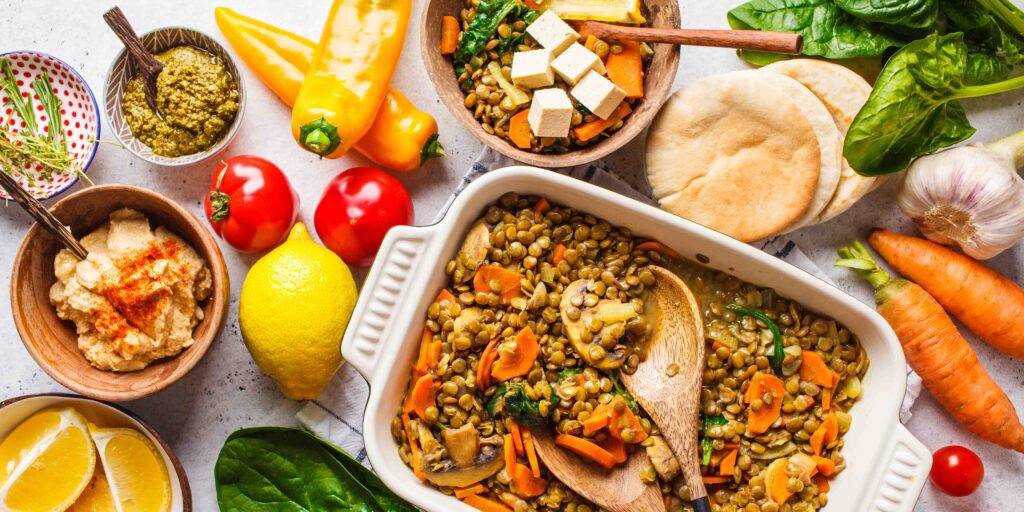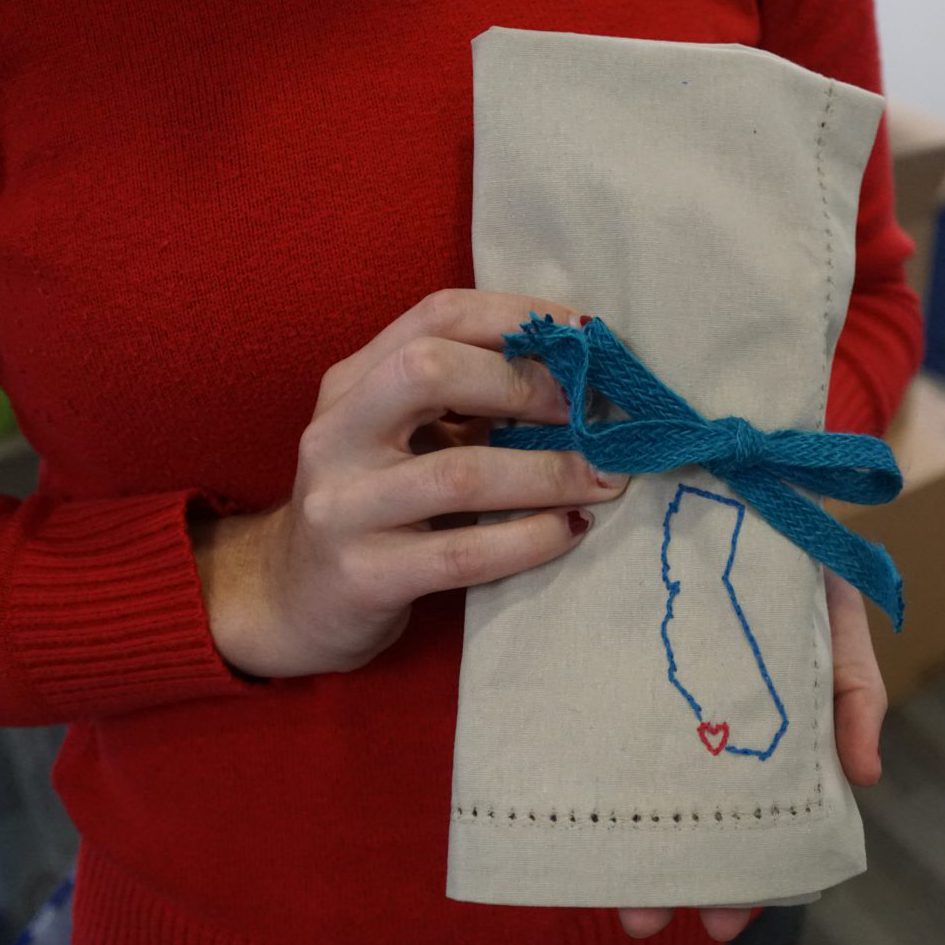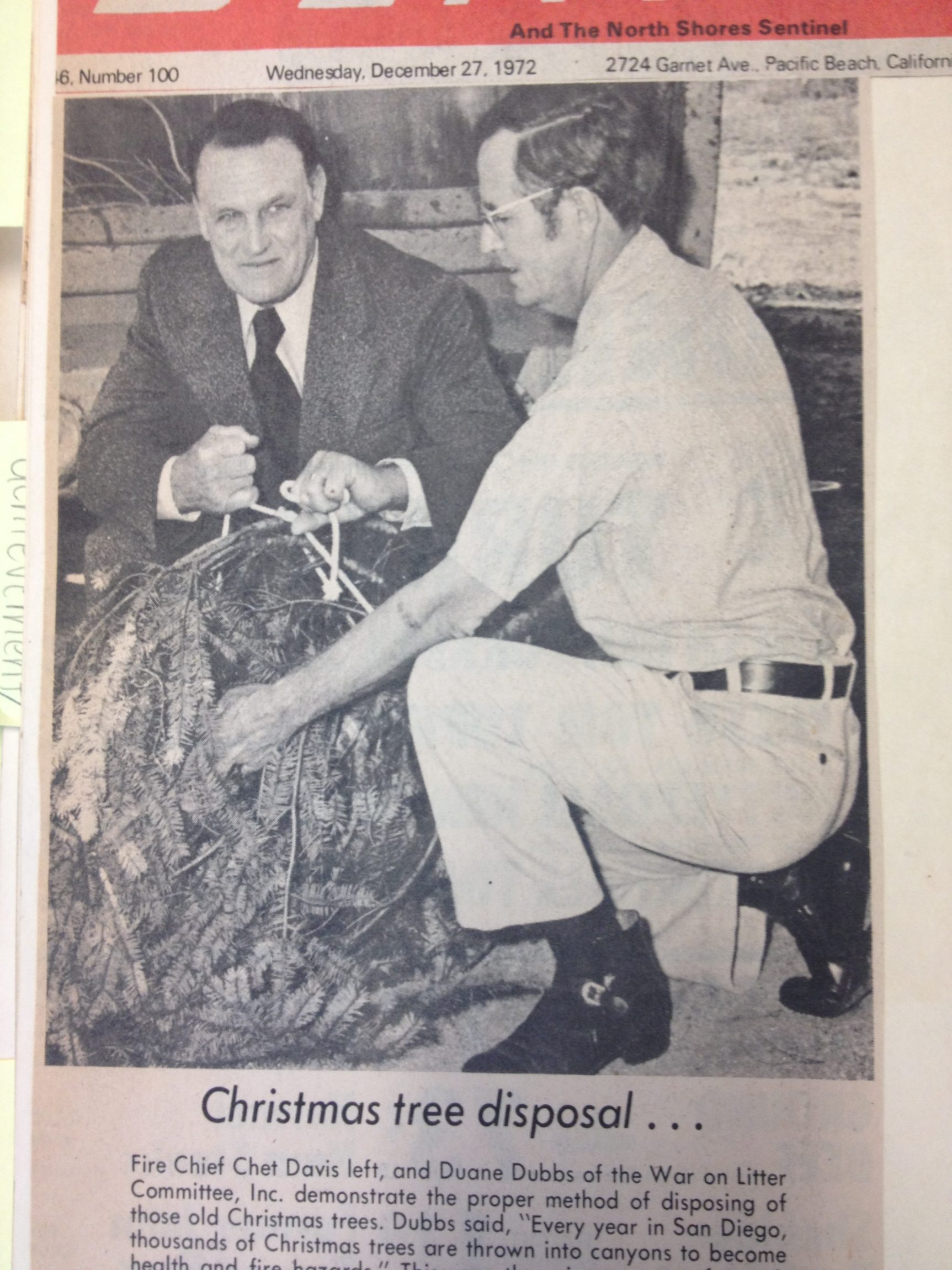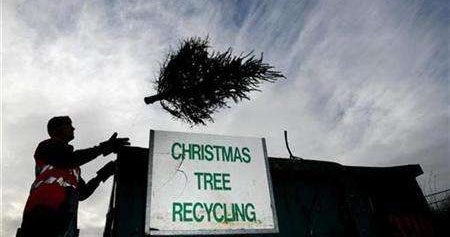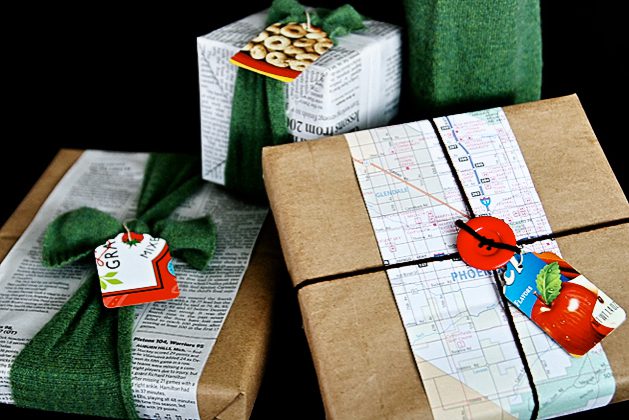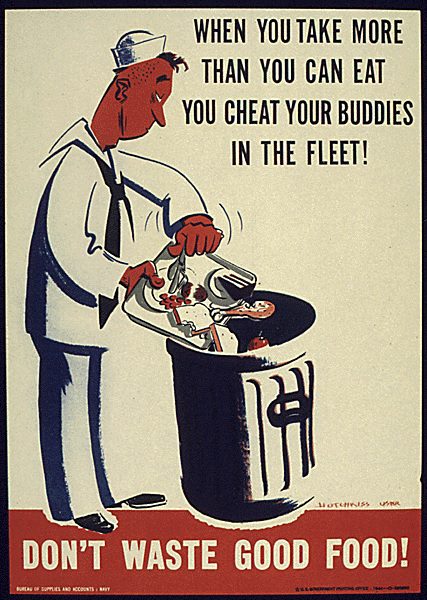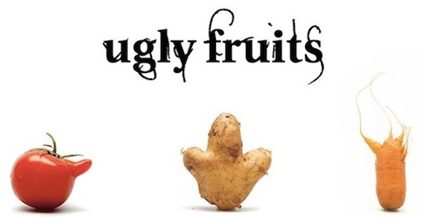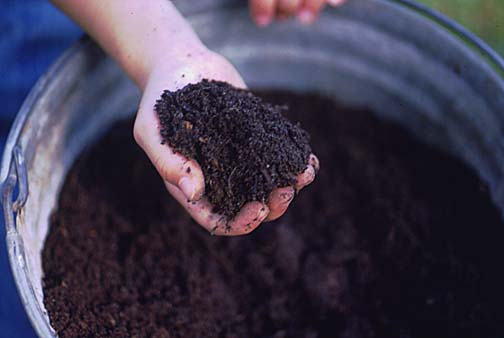Food is the highlight of many of our holiday traditions and memories. We can all think of a holiday dish that makes us smile and our mouths water instantly. Yet, San Diegans dispose of 500,000 tons of food each year. During the holidays, millions of pounds of uneaten turkey, gravy, green beans, mashed potatoes, and other seasonal trimmings unfortunately end up in the landfill. This accounts for ⅓ of all food that is wasted each year.

According to a recent study, food waste amounts to the cost of approximately $1,500 per year, per family. Wasted food also wastes money, time, labor, transportation, water, and land used in food production. Aside from this waste, food decomposes anaerobically (without oxygen) in landfills releasing methane gas, a driver of global climate change that is up to 86 times more potent in trapping heat than carbon dioxide. San Diego County residents have the power to change this during the holiday season, and the study suggests that the upcoming Thanksgiving holiday is the perfect place to start!
Implementing some simple changes can reduce your food waste and support a healthy environment. Here are some simple tips to save money and help the environment while enjoying delicious holiday meals.
Cook and serve with a plan
The easiest way to reduce food waste during the holidays is to buy and prepare the right amount of food. Save the Food, a campaign of the Ad Council in collaboration with the Natural Resources Defense Council, created a tool to help save money and time while reducing food waste. Their Guest-imator helps create a menu based on how many people are attending the holiday feast.
Once the home chef knows roughly how much food is needed, create a detailed shopping list and stick to it. This will prevent getting sucked in by holiday displays appealing sales throughout the store, sometimes causing excessive purchases that may not be needed and may not actually be eaten.

When shopping for ingredients, opt for unpackaged items or bring your own cloth bags to minimize unnecessary waste further. In case there isn’t a package-less option for your groceries, learn how to Recycle Right on this county website.
Shop at local farmers’ markets
Nothing better than a festive farmer’s market! Visit one of the 36 certified farmers’ markets in San Diego County and buy local, unpackaged produce directly from regional farmers. View this resource from the county for a list of regional certified farmers’ markets.
Embrace all foods
When shopping, most people select the best-looking produce, meaning the “ugly” fruits and vegetables are often left on the shelves. If these items are not sold in time, they may be destined for the landfill. This wasted produce has the same vitamins and nutrients as their “prettier” counterparts but is not chosen simply because of looks. Give all produce a chance at the grocery store or farmers’ markets, especially if the chosen produce is part of a larger dish.
Go for plant-based meals
Did you know it takes 1,800 gallons of water to produce one pound of beef? Incorporating more plant-based foods into holiday celebrations, such as green bean casserole, lentil shepherd’s pie, and stuffed peppers, can cut the environmental cost of meals significantly. Find more plant-based holiday recipes here.

Shrink serving sizes
During the meal, reduce portion waste by using smaller dishes and smaller serving spoons – seriously, it works! People can always come back for seconds.
Anticipate yummy leftovers
Having a plan for leftovers is another way to ensure that the food prepared is eaten. After all, half the goodness of holiday food is in the delicious leftovers the next day. Provide containers for guests to take remaining food home, freeze leftovers for a later date, or use those leftovers in creative ways. Some recipe ideas can be found here.
Donate unused items – WasteFreeSD.org
Visit WasteFreeSD.org for more tips, including how to keep fruits and vegetables fresh longer, and for donation locations for regional food pantries. Currently, about 1 in 4 people in San Diego County are nutritionally insecure.
Spare your drains
Prevent the “fatberg.” Another important way to protect our environment (and your plumbing) this holiday season and year-round is to properly manage used cooking oil. Deep-fried turkeys have become an increasingly popular holiday tradition, but can use up to three gallons of cooking oil. When discarded down drains, oils, fats, and greases can block pipes and damage plumbing systems. Contrary to popular belief, mixing oil with soap or pouring hot water down the drain afterward are ineffective methods for preventing “fatbergs” that cause sewage backups.
Fortunately, there are free drop-off locations for used cooking oil. Collect cooled cooking oils in a secure lidded container labeled “used cooking oil.” Do not mix chemicals or other liquids with the cooking oil. To find the closest drop-off location, visit the Recycling and Household Hazardous Waste database, WasteFreeSD.org, or call 1-877-R-1-EARTH (1-877-713-2784).
Residents interested in learning more about food waste reduction can visit the County of San Diego’s Recycling website. To learn more about composting resources and options, please visit WasteFreeSD.org and click on Resources.

